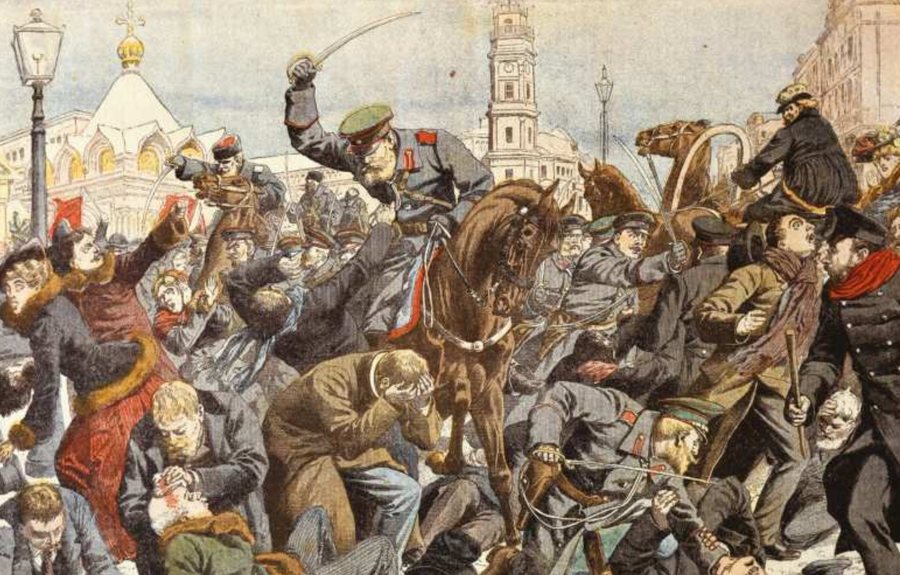
Great stories often begin with seemingly insignificant moments, lost in the noise of time. This is exactly what happened in 1903, when the split that split the Russian Social-Democratic Labor Party (RSDLP) began to take shape.
Founded in 1898, this party was ideologically based on Marxism – a theory that criticizes capitalism as a system that exploits the masses in favor of the elites. But within the party itself, two figures with strong characters - Vladimir Lenin and Julius Martov - would bring about an inevitable clash, dividing the members into two factions: the Bolsheviks and the Mensheviks.
The spark that ignited the conflict
In the summer of 1903, the Second Congress of the RSDLP met in Brussels and London. Here, Lenin – a staunch revolutionary and publisher of the Iskra (“Spark”) newspaper – clashed with Martov over the crucial question: how should the party be organized and run?
Lenin believed in a tight structure, with pious and disciplined members, who would lead the people by force. On the other hand, Martov defended the idea of a large and inclusive party, where open debates and democracy would be its essence. This division was also highlighted in a vote that took place on a simple rule: the definition of what it means to be a member of the party.
Initially, Martov won the vote with 28 votes to Lenin's 23, but over time some of his supporters left. This gave Lenin the majority ("bol'shinstvo", hence the name "Bolsheviks"), while Martov remained in the minority ("men'shinstvo", or "Mensheviks").

After this separation, the relations between the two leaders became tougher. Lenin used his position to expel three Mensheviks from the editorial board of the newspaper Iskra, angering Martov to the point that the latter resigned. In October of that year, Martov, at a conference in Geneva, fiercely attacked Lenin with personal accusations. Unsatisfied by the criticism, Lenin left the meeting in a rage.
Although efforts were made to reunite the party, nothing filled Lenin's mind. He set a clear condition: unification was possible only if his methods were fully accepted. The Mensheviks, for their part, rejected violence as a means to achieve political goals, but this did not stop the Bolsheviks from continuing to mobilize the masses with promises of land distribution and improved conditions for workers.
The rise of the Bolsheviks and the end of the Mensheviks
As the Mensheviks erred in supporting Russia's continued participation in World War I – a conflict extremely unpopular with the people – the Bolsheviks strengthened their position. Lenin promised to lead Russia out of the war, a promise that won widespread support.
In October 1917, the Bolsheviks took power alongside the disaffected masses and, until 1921, stopped the activity of the Mensheviks, forcing their members to emigrate. Martov himself ended up in Germany, where he died in 1923. He had time to see how the ideological conflicts of 1903 had created an unforeseen nightmare that would change the fate of the world.
At the heart of this story is a fundamental question: could Russia be saved from such a brutal dictatorship? From a debate about the structure and leadership of a party, a revolution was shaped that would transform not only Russia, but also world history. Bolsheviks and Mensheviks, once united by their ideology, ended up as sworn enemies, leaving us a lesson that history does not forget: small divisions can have big consequences. / bota.al (A2 Televizion)











